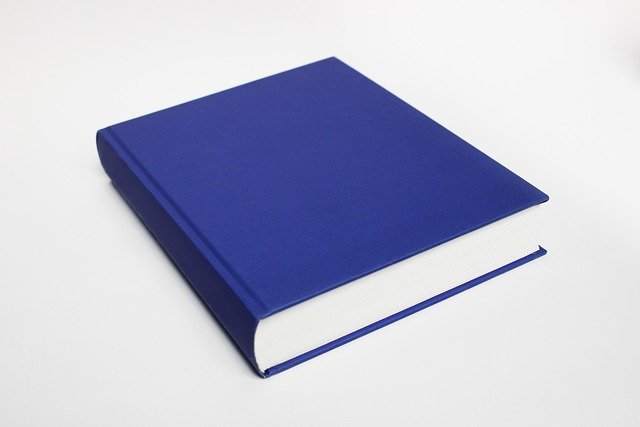Thich Nhat Hanh’s The Miracle of Mindfulness is a profound guide to cultivating mindfulness in daily life. Below, we share our personal interpretation of the key takeaways from this transformative book. These points reflect our point of view and personal interpretation of the book’s content.
- Mindfulness is the Key to Living Fully
Thich Nhat Hanh emphasizes that mindfulness enables us to live in the present moment. By being fully aware of our actions, thoughts, and surroundings, we can experience life more deeply and meaningfully. - Mindful Breathing as a Foundation
The practice of mindful breathing is central to mindfulness. Hanh teaches that by focusing on our breath, we can calm the mind, reduce stress, and anchor ourselves in the present moment. - Everyday Tasks as a Path to Mindfulness
One of the most powerful ideas in the book is turning daily routines—such as washing dishes or eating—into mindfulness practices. This helps to integrate mindfulness into every aspect of life. - Mindfulness is About Being, Not Doing
A key insight from Hanh is that mindfulness is not about achieving a specific goal. It’s about being fully present in the here and now, without rushing through tasks or being fixated on outcomes. - True Relaxation Comes from Mindfulness
According to Hanh, true relaxation is not achieved through escapism but through mindfulness. By being fully aware of the present, we can release mental and physical tension more effectively. - Mindfulness Fosters Compassion
Hanh connects mindfulness with compassion. When we are mindful, we become more aware of others’ suffering, leading us to cultivate empathy and a genuine desire to help. - The Importance of Mindful Communication
The book stresses the value of mindful communication. Listening deeply and speaking with awareness can enhance relationships and prevent misunderstandings. - Mindfulness Transforms Suffering
Hanh teaches that mindfulness allows us to recognize and accept our suffering without being overwhelmed by it. Through mindfulness, we can transform suffering into peace and understanding. - Meditation is Not an Escape, but a Way to Engage Fully
Contrary to the belief that meditation is a withdrawal from life, Hanh explains that meditation helps us engage more fully with life, by grounding ourselves in the present and clearing the mind. - Mindfulness as a Lifelong Practice
Finally, Hanh highlights that mindfulness is not a one-time achievement but a continuous practice. It requires patience, dedication, and constant attention to stay connected to the present.
By incorporating these insights into daily life, readers can experience the true “miracle of mindfulness,” enriching both their inner world and their relationships with others.
Conclusion
The Miracle of Mindfulness by Thich Nhat Hanh provides readers with timeless wisdom on how to live with greater awareness, peace, and purpose. These key takeaways are just the beginning of how this book can inspire a more mindful and compassionate life.
Remember, these points reflect our interpretation of the book’s content. Let us know your thoughts and personal reflections in the comments!
